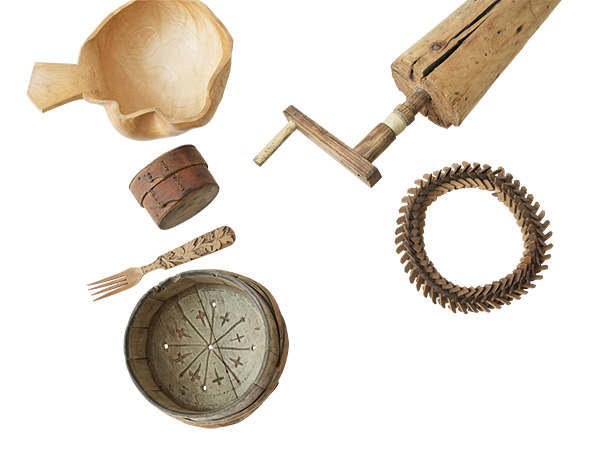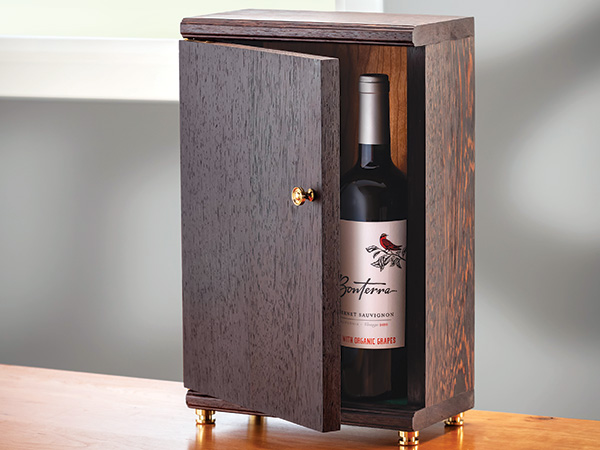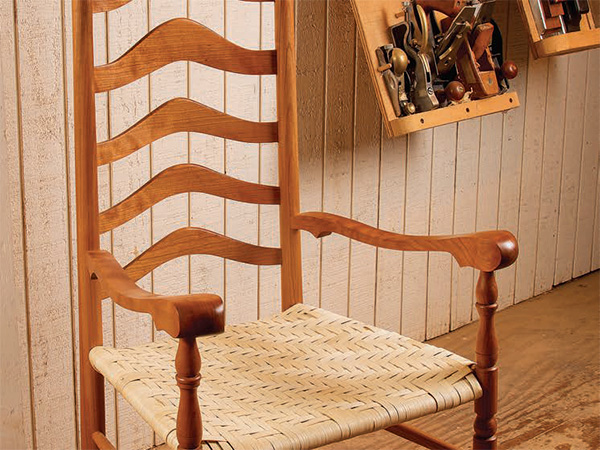
I’ve only been woodworking seriously since the mid-1990s, so it’s hard for me to imagine what shop life was like before the advent of that ubiquitous yellow fluid we all can’t live without — PVA wood glue. But truthfully, I’ve taken a step away from PVA for quite a few projects in the last three or four years. What’s taken its place? Titebond’s ready-to-use Liquid Hide Glue in the dark brown bottle. Aside from smelling awful, the stuff is otherwise pretty fantastic! My favorite reason to reach for it is when I need to glue together something large and complex, like a case made with box or dovetail joints. Hide glue offers lots of open time, so I don’t have to panic. And if I goop on too much, the squeeze-out washes off easily with warm water and a sponge, either while it’s still wet or dry. No need for a scraper, and no risk of glue splotches showing up under stain.
So, my question to you is, do you use hide glue? Where does it come in handy? Do you melt it in beaded form like a traditionalist, or is the squeeze bottle just fine? Any tips you’d like to share about this stinky sweetheart of glues? I’m all ears!
Chris Marshall, Woodworker’s Journal
![]()
Leaving Your Mark: Stories in Wood

Cutting Circles and Ellipses
Wine Cabinet

Building a Delaware Chair









